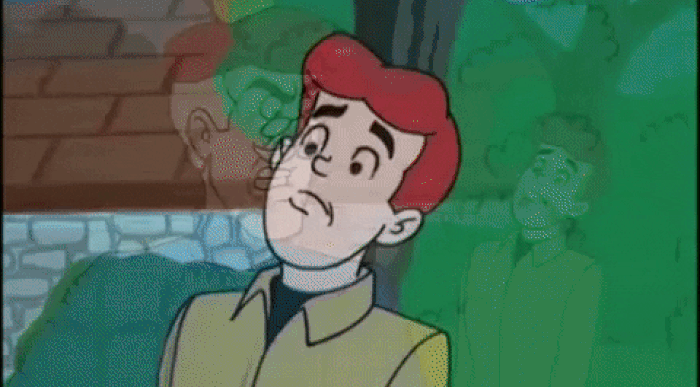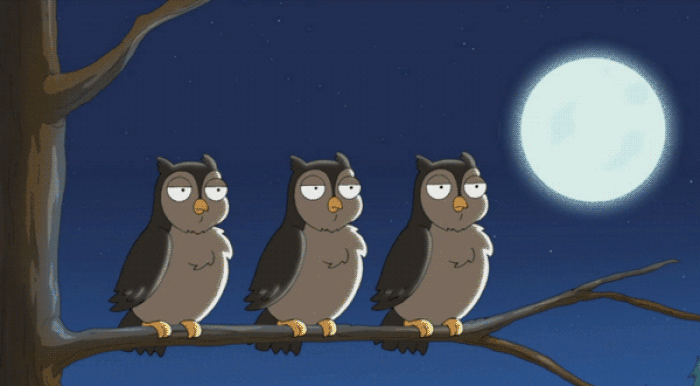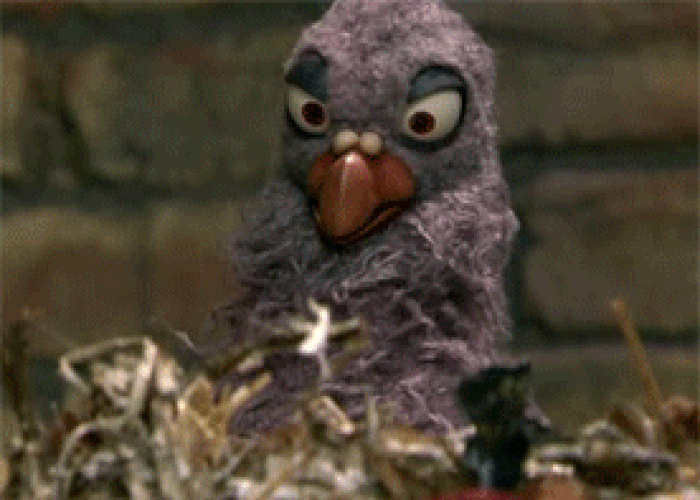Coda: Back to the Future
Can You Really Believe They Said That? How NOT to be an Old-School English Teacher
While English Journal is chock full of all sorts of good pedagogical practices, there were those instances where, in our estimation, the authors sometimes fell a little short of the mark. Below, we’ve compiled a helpful list of things you should probably avoid when teaching students to work with new media. So read on. And, yeah, don’t do these things.
1. STOP: Calling students stupid and lazy (srsly)

Back in the day, teachers had the audacity to call students stupid and lazy on the pages of English Journal. We trust you wouldn’t do that, but what kind of crap do you say about students in the teacher’s lounge or on Facebook? Time to cut it out. Not cool.
2. STOP: “Correcting” students’ language

There’s a long tradition of teachers using media production as an excuse to correct students’ speech whenever it deviated from a white, male, abled norm. But we know better now, right? Right?! We should use new media to empower students, not to silence them.
3. STOP: Imposing your limited aesthetic standards

Maybe you think you know what contemporary new media texts will stand the test of time. Maybe you think you know what makes one podcast high art and another one pop culture trash. You don’t. Instead of trying to convince students to adopt your aesthetic preferences, ask them what media texts they value and why.
4. STOP: Centering canonical literature above all else

Literature is great, but it can’t be the only game in town. If we limit ourselves to only teaching literary analysis, we miss out on opportunities to engage students in analyzing and composing some of the most important new media genres of our time. If the Bard were alive today, he’d probably be inventing new words on twitter and telling new stories on YouTube!
5. STOP: Using technology to surveil and control

Students have been goofing off and cheating ever since the idea of school began. And, teachers have long dreamed of technologies that could enable them to monitor everything students do to keep them on task and honest. But, this kind of authoritarian tech ultimately just leads to more student burnout. We need to trust students, and use technologies in engaging ways that make them want to learn.
6. STOP: Privileging cishet, abled, white male voices

Okay, bro . . . time to take a look at the podcast models you share with students. All a bunch of cishet white guys? Time to educate yourself and your students by bringing in more diverse voices.
7. STOP: Trying to make new media do the work of the old

Put down that buggy whip, Gramps! Stop trying to turn every new medium into another book report or term paper. Ask the students what they want new media to be, you old coot . . . they’ll lead you.
